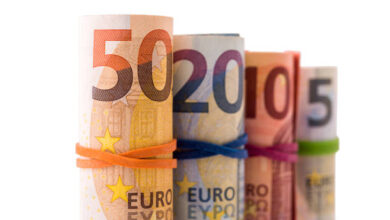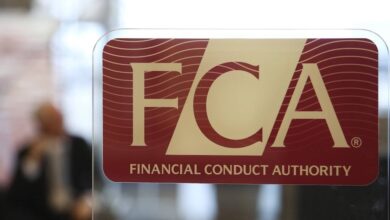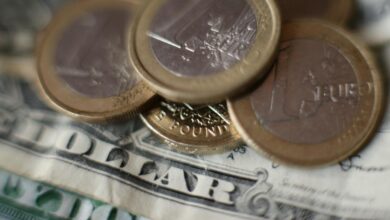Why the US Dollar Remains a Reserve Currenc

What are some implications of the dollar’s dominance?
Hirt: Having a dominant global currency provides ample demand for our debt instruments, which benefits U.S. companies and consumers through liquidity and stability of their currency. It further allows them to theoretically borrow at rates lower than what’s available in the rest of the world. Some estimates cite about 1% in interest rate savings, which—multiplied by the roughly $8 trillion of U.S. Treasuries held overseas—translates to about $80 billion in annual savings for the U.S. government in interest payments.
Being the issuer of the world reserve currency also generates another source of revenue for the U.S. government. This “seigniorage” revenue is the purchasing power created through printing of new U.S. dollar bills. Since about half of the $2.3 trillion bills and coins in circulation is held overseas and with the world economy growing at 3% per year on average, the portion of the new money printing going overseas amounts to about $35 billion, according to the latest Fed data as of year-end 2022.
Aliaga-Díaz: There is another advantage, but it can also be a disadvantage. During times of turbulence, flights to safety increase the demand for U.S. dollars and dollar-denominated U.S. Treasury bonds. This becomes an important tailwind right when U.S. policymakers are trying to stimulate the U.S. economy. Flight-to-safety flows put downward pressure on interest rates right when the Fed would like to ease monetary conditions, creating space for any fiscal stimulus by reducing the cost of debt. However, if flight to safety takes place during normal economic times for the U.S., flows will exert upward pressure on the value of the dollar, which will rise more than other currencies, which can be a disadvantage for U.S. trade.
In all, there are more advantages than disadvantages for the U.S. from having the U.S. dollar as the global reserve currency. However, dollar dominance is never a goal in itself for the U.S. Rather, it’s the stability and strength of U.S. democracy and its institutions, including the independence and credibility of the Federal Reserve, that attracts the rest of the world toward the U.S. dollar, voluntarily adopting it as their international currency of choice.
What would it take for the dollar to lose further share as a reserve currency? How likely is that to happen?
Hirt: Several scenarios point to this possibility, but the probability and potential impact for each is different.
The first and most likely is what we call the “rising tide” scenario, where, over the long run, other nations continue to deepen their capital markets, improve their institutions, and procure currency adoption. Because of the long time frame involved in this scenario, the world would likely adjust to the change gradually, leading to minimal transition costs, and overall is likely a positive outcome for the global financial system.
The second scenario is what we call the “innovator’s dilemma,” which entails technological innovation that outpaces payment and regulatory innovation and leads to a situation where trust in technology replaces trust in sovereign nations.1 Recent advancements in cryptocurrencies and their exciting blockchain technology are an example. However, beyond cryptos’ lack of oversight, there are some fatal flaws in their monetary economics that, in our view, prevent them from being adopted and widely accepted as a medium of exchange and as a store of value at a large scale.
Tokenization—in this case, anonymous transactions—seems to be cryptos’ main appeal, but that is not needed for large international reserve transactions. Meanwhile, the supposed benefit of substituting a central issuing authority with a fixed algorithmic rule governing its supply actually introduces wild volatility in its value. Supply can’t keep up with wild swings in demand and investors’ sentiment. In addition, the major central banks are starting to leverage blockchain technology to develop their own digital versions of official currencies, without the shortcoming of private cryptos. We believe the probability of this second scenario to be low.
The third potential scenario would involve mismanagement of the economic or political environment in the U.S. This could involve a fiscal crisis or an unprecedented loss of trust in our political system. We call this scenario the “unforced error” and see it as the most negative potential shock, particularly as a transition could come quickly and a financial market penalty would be costly. Given the potential consequences, we expect the probability of this scenario to be low.
Aliaga-Díaz: The reason the dollar is so heavily used as a reserve currency comes down to trust and alternatives. Each of these scenarios describes either an erosion of that trust or advances in alternatives, just by a different impetus and over a different timeline. But people still have a tremendous amount of trust in the U.S. dollar and in the democratic institutions backing it. That’s clearly evident by its continued, widespread global use.





